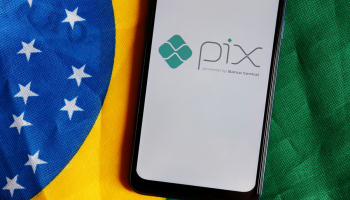FedNow: Lessons from Brazil’s Pix
With the US’s instant payments system on the near horizon, a new report explores a similar system in Brazil
- |
- Written by Banking Exchange staff

With FedNow, the US’s new instant payments network, due to launch in just a few weeks’ time, what can banks and other financial institutions expect?
If a similar payments project in Brazil is anything to go by, the system could be transformative.
The country’s central bank launched its own instant payments platform in November 2020 with the core aim of speeding up and simplifying the payments network across Brazil.
According to a new report from technology and payments company Matera, the platform — called Pix — has grown massively in its first two years of operation, processing almost 8 billion transactions in the fourth quarter of 2022. This compared to 4.4 billion credit card transactions, the second most popular method.
Banks that didn’t embrace Pix “were left behind”, according to Matera’s CEO Carlos Netto, and lost out on customers.
“When executed well, instant payments can transform financial systems and meet the needs of merchants and consumers much more effectively than other forms of payment, as we’ve seen firsthand,” he added.
Pix’s growth rate outstripped that of debit and credit cards, according to Matera, having hit 100 million users in its first 12 months, one billion transactions a month in July 2021, and two billion transactions in May 2022.
In terms of volumes, last year saw 24 billion transactions worth approximately $2 trillion in total.
While Pix was initially targeted at person-to-person payments, approximately 20% of transactions on the Pix platform are from consumers paying businesses directly. Average payments are falling gradually as more individuals are embracing the system.
FedNow, developed by the Federal Reserve, is set to launch in phases beginning in July.
Related items
- Inflation Continues to Grow Impacting All Parts of the Economy
- Banking Exchange Hosts Expert on Lending Regulatory Compliance
- Merger & Acquisition Round Up: MidFirst Bank, Provident
- FinCEN Underestimates Time Required to File Suspicious Activity Report
- Retirement Planning Creates Discord Among Couples